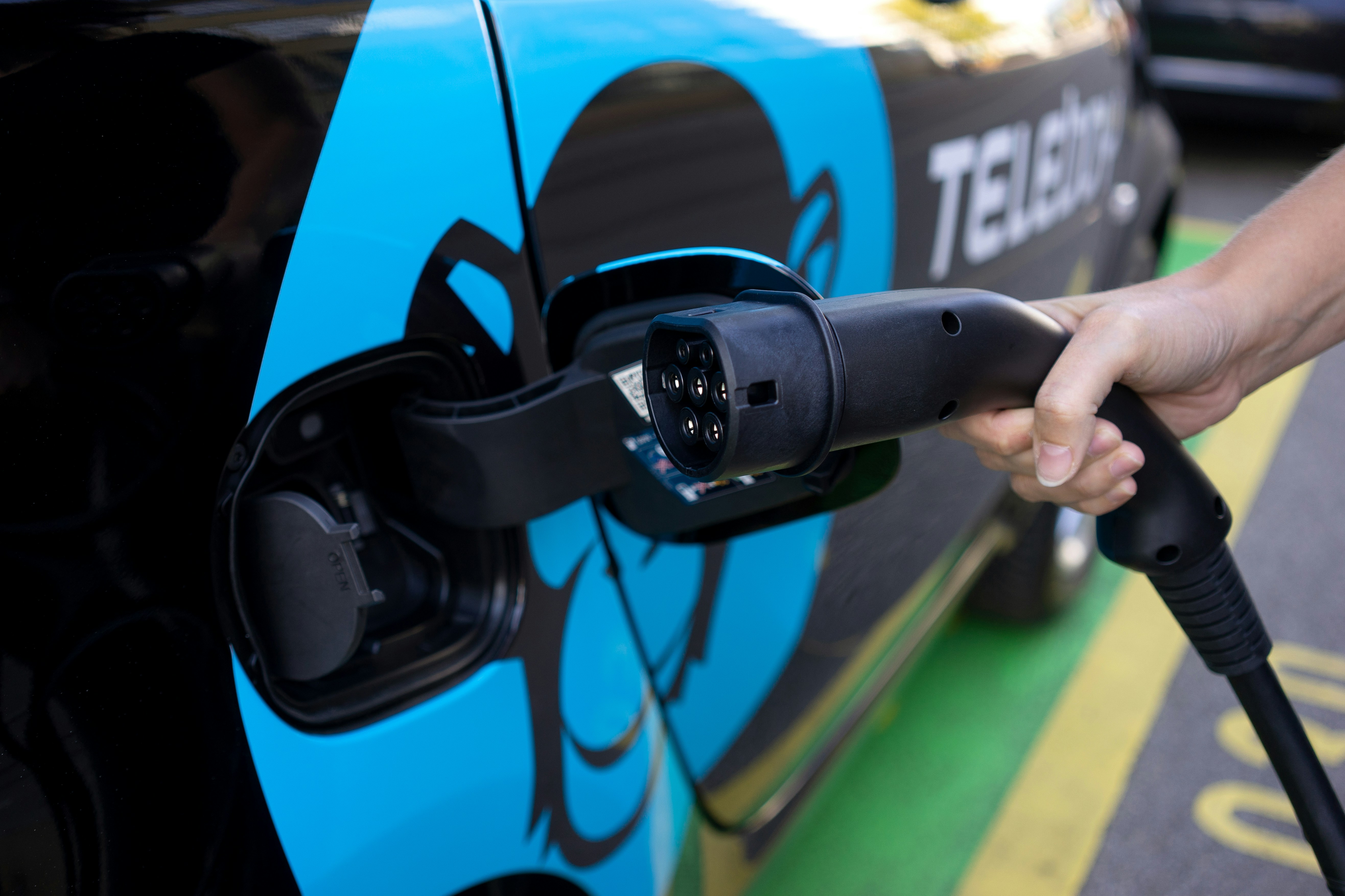Insurance Rates Based on Driving Data
Written By
CarOracle Experts
Published
May 29, 2023
Discover how Root Insurance calculates rates based on driving data. A deep dive into Root Insurance's innovative approach to car insurance pricing.
Introduction
As technology progresses, it's beginning to reshape various facets of our lives, including car insurance. Traditional insurance models are increasingly being complemented by innovative approaches such as usage-based insurance (UBI). Under this model, insurance premiums are determined by actual driving behavior, tracked via telematics devices or smartphone apps. One of the companies leading the charge in this new era of car insurance is Root Insurance.
Root Insurance, a public company trading under the ticker symbol ROOT, is an Ohio-based auto insurance provider that utilizes smartphone technology to measure driving behavior. The Root app collects data on your driving habits, including braking, speed of turns, driving times, and route consistency. By gathering this data, Root can offer personalized insurance rates based on actual driving behavior.
Pros of Root Insurance and Usage-Based Insurance
1. Personalized Rates: Perhaps the biggest advantage of Root Insurance and other UBI providers is personalized insurance rates. The better you drive, the lower your rates could potentially be. This can be particularly appealing for safe drivers who feel that they are paying more than necessary with traditional insurance models.
2. Incentivized Safe Driving: By basing rates on driving habits, Root Insurance effectively incentivizes safe driving. This, in turn, could contribute to safer roads for everyone.
3. No Discrimination Based on Demographics: Traditional insurance rates can be influenced by factors such as age, gender, and marital status. With Root, the focus is solely on how you drive, which eliminates potential demographic discrimination.
Cons of Root Insurance and Usage-Based Insurance
1. Privacy Concerns: The biggest concern with usage-based insurance is privacy. To provide personalized rates, Root needs to collect extensive data on your driving habits. This might make some people uncomfortable.
2. Inconsistent Driving Conditions: Not all drivers have consistent driving conditions. Those who regularly drive in heavy traffic or poor weather might be judged as higher risk, even if their driving skills are good.
3. Potential for Higher Rates: While safe drivers may benefit from lower rates, risky drivers might end up paying more with UBI models.
Conclusion
Root Insurance represents a broader industry shift towards data-driven, personalized insurance pricing. This trend, leveraging technology to assess risk more accurately, is likely to continue as insurers strive to offer competitive and fair rates. Usage-based models like Root's present an exciting opportunity for safe and consistent drivers to potentially lower their insurance costs. However, it's crucial to understand and weigh potential privacy concerns and the influence of driving conditions on rate determination.
As with all financial decisions, it's recommended to do thorough research and consider your own personal circumstances and comfort level with data sharing. The insurance landscape is evolving, and it's essential to keep informed about the latest trends and developments to make the best choices for your unique needs.















